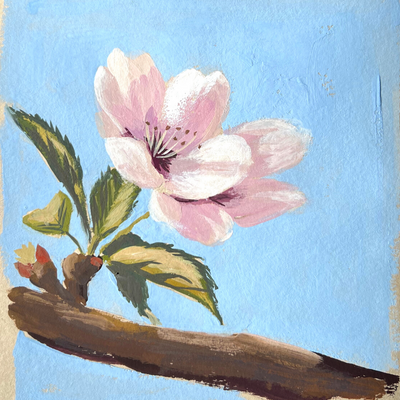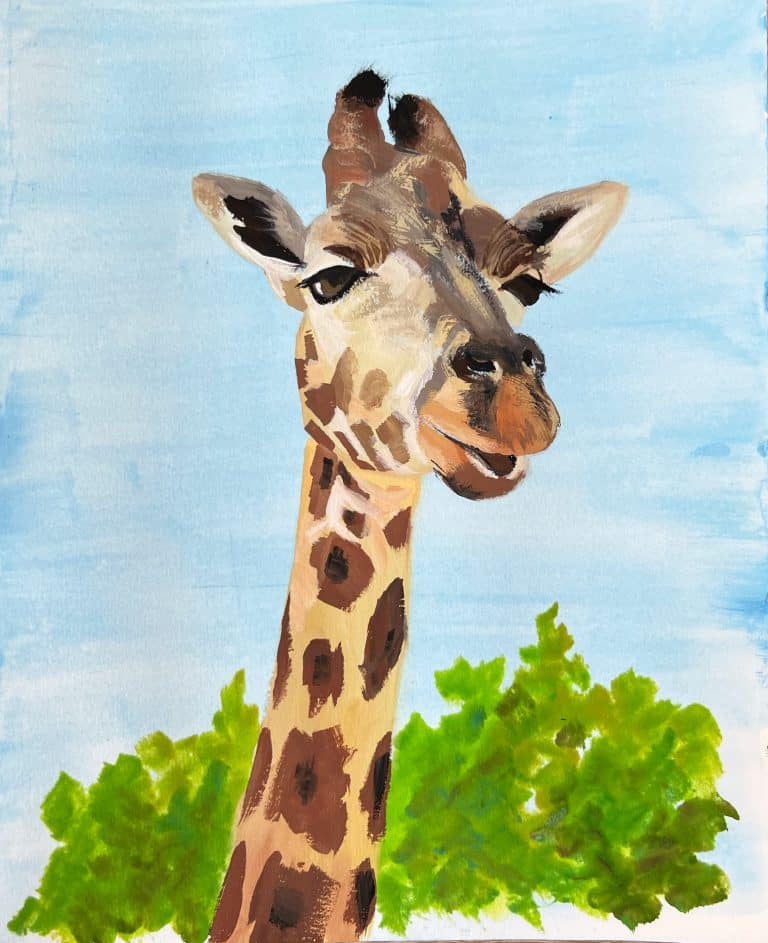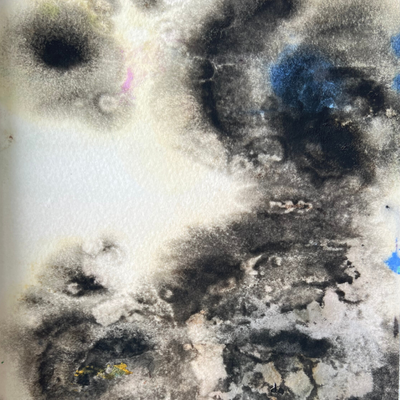Why is my gouache painting cracking?
If you’ve ever used gouache paints before, you may have run into the problem of cracking. This can happen with professional grade and student grade paints and is usually caused by several factors working together. Here are four reasons why gouache paint is cracking and how to avoid it.
Read this article if you’re looking for gouache cracking on the palette.
You’re using thick brushstrokes.
A common reason for cracking is using impasto (thick paint) with gouache. The thick layers of paint may cause the gouache to crack when it dries. If you’re a painter who likes thick brushstrokes, try using less paint and thinner coatings, which will help reduce cracking in your gouache paintings.
Maybe you’re using the wrong kind of gouache. As with any paint, there are different kinds and qualities. If you’re using cheap gouache, it may not be suitable for all techniques. The number of fillers in cheap gouache may cause more cracking than with artist-grade paint. If you’re using gouache for the first time, try to find an artist-grade brand. This will help prevent cracking when you use it. You may also want to experiment with different gouache types and see which works best for your style of painting.
Although gouache is very versatile, it’s not suitable for impasto style. You should use acrylic paint with mediums for added texture.

You’re using mediums in gouache paint.
You should not use mediums in gouache paint, they can make your gouache crack, which is not a good thing. If it does crack, the best way to fix it is to sand down the affected area and repaint it. You can also scrape the cracked paint and repaint it.
I would not advise using mediums with gouache paint, as it may cause unexpected results. You can use a bristle brush or a sponge to add texture to your gouache painting, and you can also use sandpaper or even a kitchen sponge. If using the latter, make sure it’s clean first!
You’re using thick layers.
When layering gouache, you need to increase the paint consistency in each layer. The first layer is very liquid, almost like watercolor. When it’s dry, add another layer on top of it, slightly thicker, and so on, until you get the paint fresh from the tube.
If you’re using a creamy consistency in your first layer and add other layers of creamy paint, you may get cracks in the paint. If you’re using a thick layer of paint, it will dry slower and more unevenly than thin layers. The result is that your layers can separate, causing cracks in the final product. To prevent this, use thin layers of paint and let each layer dry before adding another one on top.

You’re using a flexible surface to paint on.
If you’re painting on paper, the surface is flexible. As long as the paper is taped to the table, it’s not a problem, but bending the paper may cause it to wrinkle and crack. To prevent this from happening, use a hard surface like cardboard or mounted paper for your painting surface.
Conclusion
If you’re not painting in thick layers, you won’t get any problems with gouache paint cracking. I’m painting in sketchbooks, on paper, wood, and cardboard, and I never had an issue with paint cracking. I think the main reason why people have problems with gouache is that they’re not used to working with it. It’s thick paint, so you must be patient and let each layer dry before adding another one.






